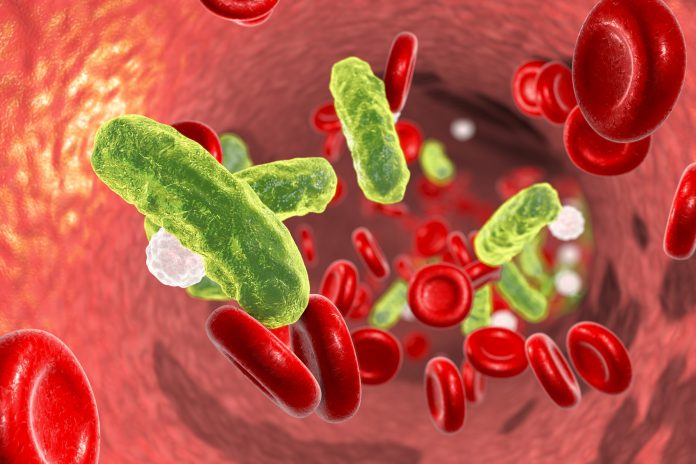
Unique proteomic signatures could provide more accurate diagnosis and prognosis of sepsis, according to work from researchers at the Lund University. These markers could also help to target specific therapies for patients. Their study is being presented at this year’s European Congress of Clinical Microbiology and Infectious Diseases (ECCMID 2024) in Barcelona, Spain (April 27–30), according to an early special release.
“A simple blood test when combined with a personalized risk model has the potential to save lives by providing more accurate sepsis diagnosis and determining who may go on to develop more severe clinical manifestations,” said co-lead author Lisa Mellhammar from Lund University. “It’s vital that patients with suspected sepsis are identified prior to the onset of organ failure.”
Sepsis is a severe infection that causes life-threatening organ-dysfunction. According to WHO, there were an estimated 49 million sepsis cases and 11 million potentially preventable deaths in 2017. Sepsis is the third leading cause of death in U.S. hospitals. While sepsis-related deaths in the U.S. declined from 2000 to 2019, the mortality rates have recently increased from 277 per 100,000 people age 65 and over in 2019 to 331 per 100,000 in the same age group in 2021, according to the CDC.
One of the persistent challenges in treating sepsis is timely diagnosis, as there is no singular diagnostic test that reliably detects the condition. Current diagnostic practices rely on broad-ranged biomarkers such as CRP (C-reactive protein, an inflammation marker), PCT (procalcitonin, a pro-hormone), and lactate.
Further, there are no targeted treatments yet, and clinicians currently rely on the broad-spectrum use of antibiotic, antiviral, and antifungal therapies.
“It’s difficult to predict who will get sepsis, who will recover, and who will have poor outcomes,” said co-lead author Adam Linder from Lund University. “We urgently need better ways to understand sepsis at the molecular level so we can classify suspected sepsis patients according to the clinical manifestations of their illness and identify high-risk patients and develop more effective treatments.”
In this study, researchers set out to investigate the distinct proteomic signatures associated with different clinical symptoms and outcomes, such as different organ dysfunctions and infections.
They included 1,364 plasma samples from randomly selected adult patients with suspected sepsis admitted to the emergency department at Skåne University Hospital between September 1, 2016 and March 31, 2023. Overall, 1,073/1,364 patients had an infection, and of these 913 had sepsis.
The researchers used mass spectrometry to analyze the plasma samples and generate comprehensive molecular maps. Each protein panel was then combined into a molecular signature to train a machine-learning model, to help researchers predict which patients would develop septic shock with high accuracy.
They also identified panels of proteins that were predictive of six different types of organ dysfunction (cardio, central nervous system, coagulation, liver, kidney, and respiratory) and infection. The biological processes associated with each panel were analyzed to show how their unique proteome signatures influence sepsis. Patients were then classified into five risk categories based on the probabilities of having organ dysfunctions and infection and the risk of dying.
“A fast test that provides more accurate sepsis diagnosis and could also predict who is at greater risk of poorer outcomes now seems a genuine possibility,” said Mellhammar. “Any research like this needs clinical validation and many hurdles must be cleared before these biomarkers are used in the clinic. But we envision this as a tool that could be deployed worldwide, as the future of early detection of sepsis.”













